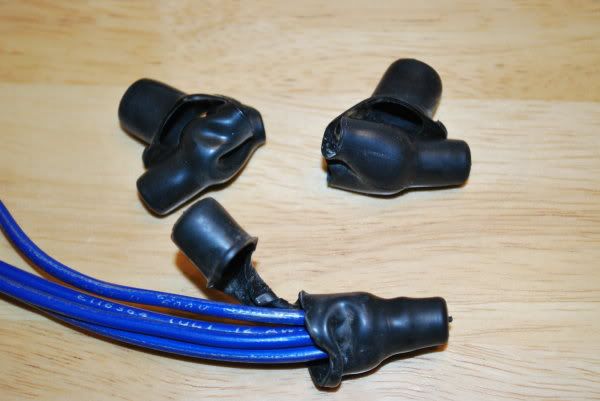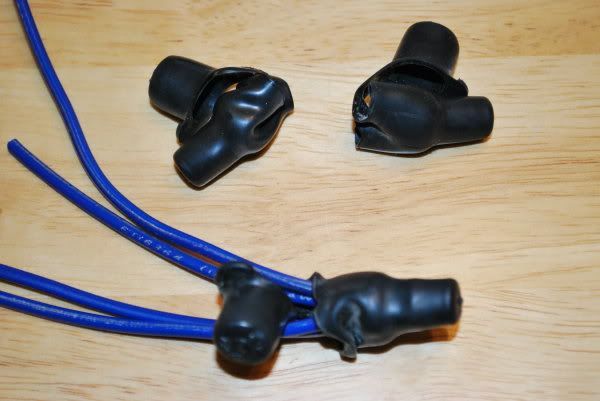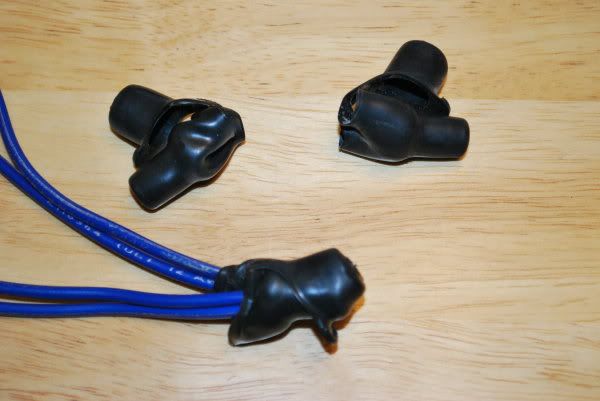Did a service call today in a dwelling to track down the cause of a breaker tripping.
I found these rubber covers over the Buchanans used during the original make-up.

I had to take 3 slices apart to isolate the offending cable. I stuck the caps in my pocket, and this evening I duplicated what I found in these photos: It appears, after the Buchanan was installed, that one part of the 'cap' was pulled over the splice:

The other cap was pulled between any number of the wires:

And pulled over the top of the first cap, to secure it:

I have never seen these before. Anyone know anything about them?
I found these rubber covers over the Buchanans used during the original make-up.

I had to take 3 slices apart to isolate the offending cable. I stuck the caps in my pocket, and this evening I duplicated what I found in these photos: It appears, after the Buchanan was installed, that one part of the 'cap' was pulled over the splice:

The other cap was pulled between any number of the wires:

And pulled over the top of the first cap, to secure it:

I have never seen these before. Anyone know anything about them?


